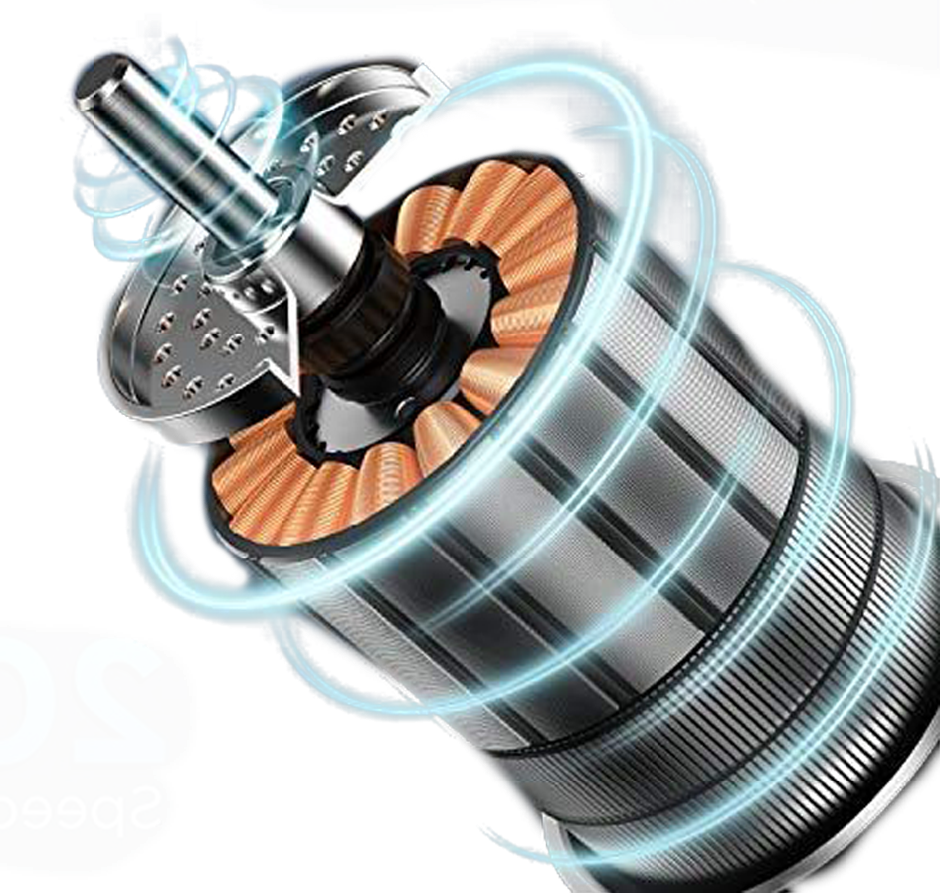The working principle of the two types of root canals
The brush motor works by alternating the direction of the coil current with a phase changer and brushes that rotate with the motor. The brushless motor, on the other hand, works by using a set of electronic devices that sense the position of the magnetic poles of the permanent magnets through Hall elements. Based on this sense, electronic circuits are used to switch the direction of the current in the coils at the right time to ensure that the correct direction of magnetic force is generated to drive the motor.

Advantages of the root tube brushless motor
-Long life
Brushed motors rub the brushes as the motor rotates, causing wear and tear on the bearings and requiring regular brush replacement, whereas brushless motors remove the brushes and are virtually a maintenance-free motor with low maintenance costs.
-Low noise
With the brushless motor, friction is reduced during operation, resulting in a much quieter motor with less resistance and smoother operation.
-Low interference
Brushed motors generate electrical sparks as the motor rotates, causing interference with radio equipment, while the removal of brushes from brushless motors greatly reduces this interference.
-High efficiency
When a brush motor is in operation, some of the electrical energy is converted into heat because the current is working on the motor’s internal resistance, so the output of a brush motor is not very powerful or efficient, and there is the problem of making the body itself hot. Brushless motors, on the other hand, rely on the magnetic field generated to drive the rotation of the permanent magnets on the rotor.
【View Root Tube Brushless Motor】
